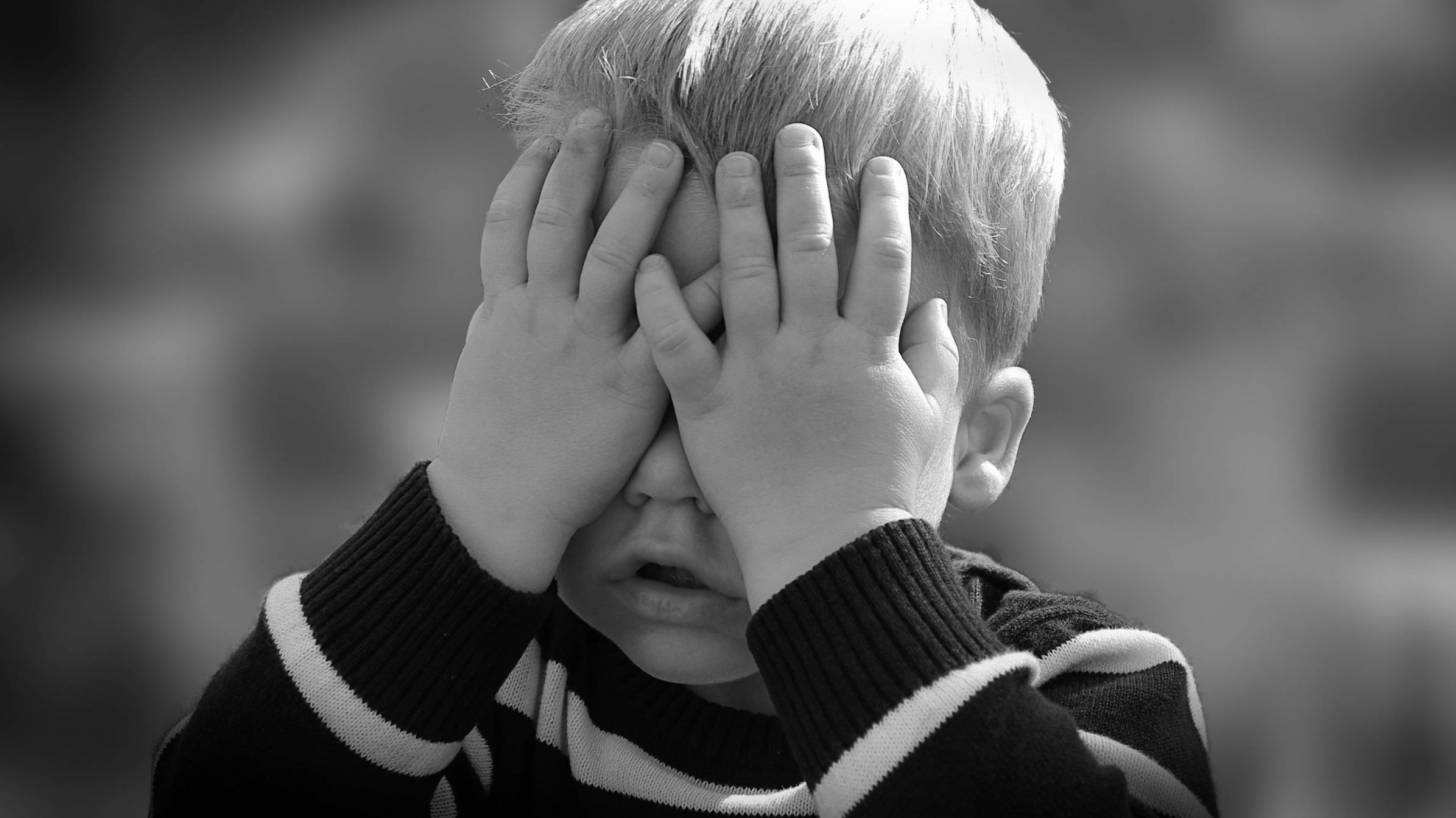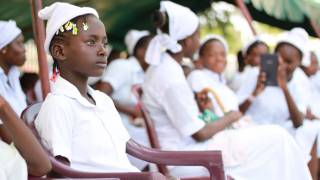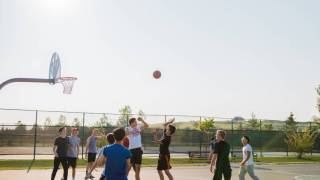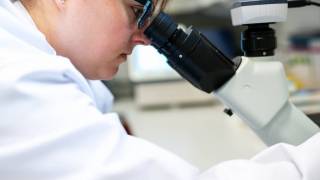Mother’s HPV Status Impacts Oral HPV Persistence for Offspring

The results of a new study focused on 0ral Human Papillomavirus (HPV) infections in children during the first six years of life indicate that HPV infection can be acquired non-sexually and is already common at an early age.
This longitudinal study found children acquire their first oral HPV infection at an early age.
The US Centers for Disease Control and Prevention (CDC) published an Early Release, Volume 27, Number 3, March 2021, based on an extensive study in Finland.
These researchers believe the oral cavity is the familiar site of the first HPV exposure. The mother is the most likely source of initial HPV infection in her child during the intrauterine period, during delivery, or later via saliva.
This conclusion has several significant implications in HPV vaccination programs.
If a subgroup of children can acquire a persistent HPV infection, the timing of prophylactic HPV vaccination is imperative. Maternal HPV antibodies, irrespective of whether they are acquired by natural HPV infection or vaccination, might protect the fetus, newborn, and young child against early HPV infection.
This study evaluated oral samples from 331 children in Finland who participated in the Finnish Family HPV Study from birth during nine follow-up visits, with a mean time of 51.9 months. They tested samples for 24 HPV genotypes.
Oral HPV prevalence for children varied from 8.7% (at a 36-month visit) to 22.8% at birth.
HPV16 was the most prevalent type to persist, followed by HPV18, HPV33, and HPV6.
Persistent, oral, high-risk HPV infection for children was associated with the mother’s oral HPV carriage at birth and seroconversion of the mother to high-risk HPV during follow-up.
And the mode of delivery had no association with oral HPV carriage, and some sex differences were found in oral HPV prevalence during the early months, but not at the end of the follow-up period.
The study’s results indicate that none of the HPV genotypes present at birth would promote acquiring another specific HPV genotype, not even an HPV from the same clade. Although most of the oral HPV infections were cleared during the 6-year follow-up period, persistent oral HPV infection was found in 14.9% of these children.
The six children who had multiple-type HPV infections at birth still harbored those infections at the most recent visit.
Thus, clade α9 resulted most frequently in the full-time persistence of oral HPV infection during early childhood, followed by α7 as the second most frequent clade.
Furthermore, these results are consistent with previous results because they show that oral HPV is detectable in 22.8% of newborns.
This HPV detection rate is almost identical to what Castellsague et al. reported in 2009, showing that the overall oral HPV prevalence at any visit was 18.2% during the mean follow-up of 14 months, by using PCR, followed by subsequent hybridization with specific probes for HPV6, 11, 16, 18, 31, 33, and 39.
That study reported HPV positivity of 12.7% at six weeks of age. In this new study from Finland, HPV positivity at month 2 was 16.2%.
In conclusion, these researchers believe ‘the HPV status of the mother has a major impact on the outcome of oral HPV persistence for her offspring.’
Dr. Stina Syrjänen is a professor and chairman emerita in the Department of Oral Pathology, Faculty of Medicine, University of Turku, Turku, Finland, and chief physician in the Department of Pathology, Turku University Hospital. This study was supported by the Academy of Finland, the Finnish Cancer Foundation, and the Sohlberg Foundation.
In the USA, HPV vaccination is recommended at age 11 or 12 years by the CDC. HPV vaccination is given as a series of either two or three doses, depending on age at initial immunization.
Moreover, HPV vaccinations are also recommended for everyone through age 26 years if not adequately vaccinated previously.
Vaccination is not recommended for everyone older than age 26 years.
However, some adults ages 27 through 45 years may decide to get the HPV vaccine based on discussion with their clinician if they did not get adequately vaccinated when they were younger. HPV vaccination of people in this age range provides less benefit for several reasons, including that more people in this age range have already been exposed to HPV.
The CDC says ‘keep in mind that HPV vaccination prevents new HPV infections but does not treat existing HPV infections or diseases. People who are in a long-term, mutually monogamous relationship are not likely to get a new HPV infection.’
PrecisionVaccinations publishes research-based vaccine news.
Our Trust Standards: Medical Advisory Committee
























